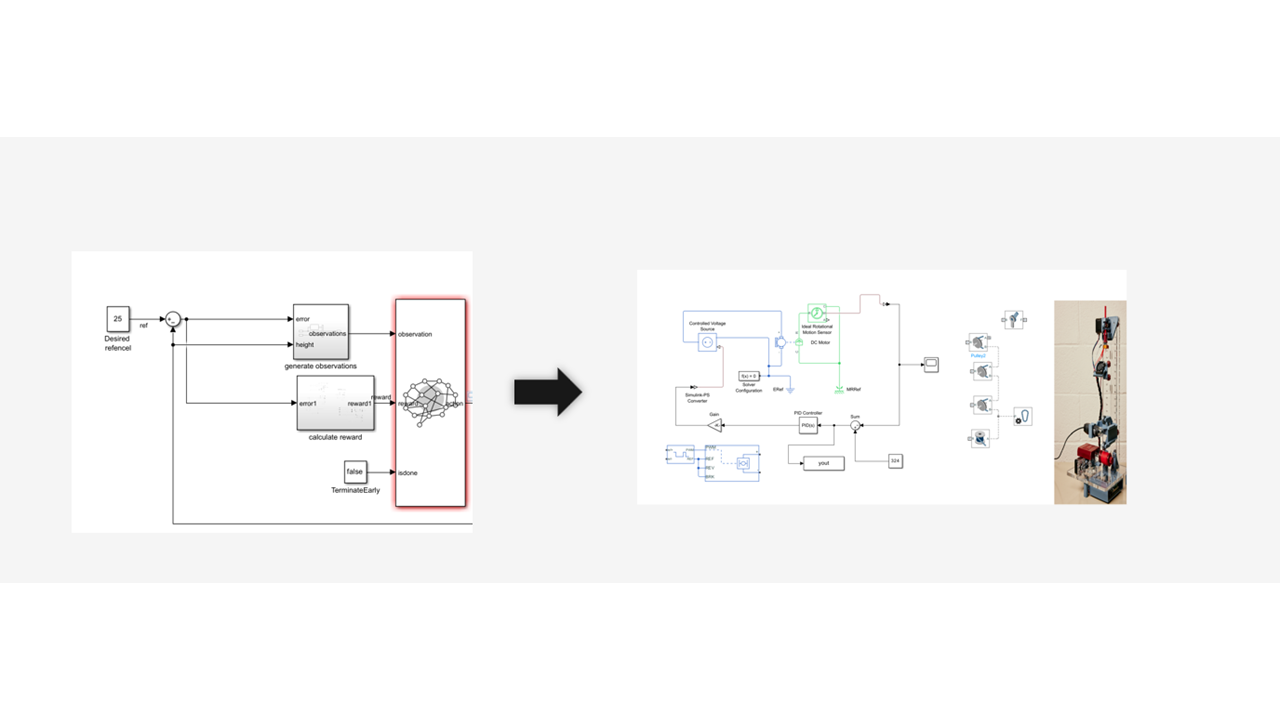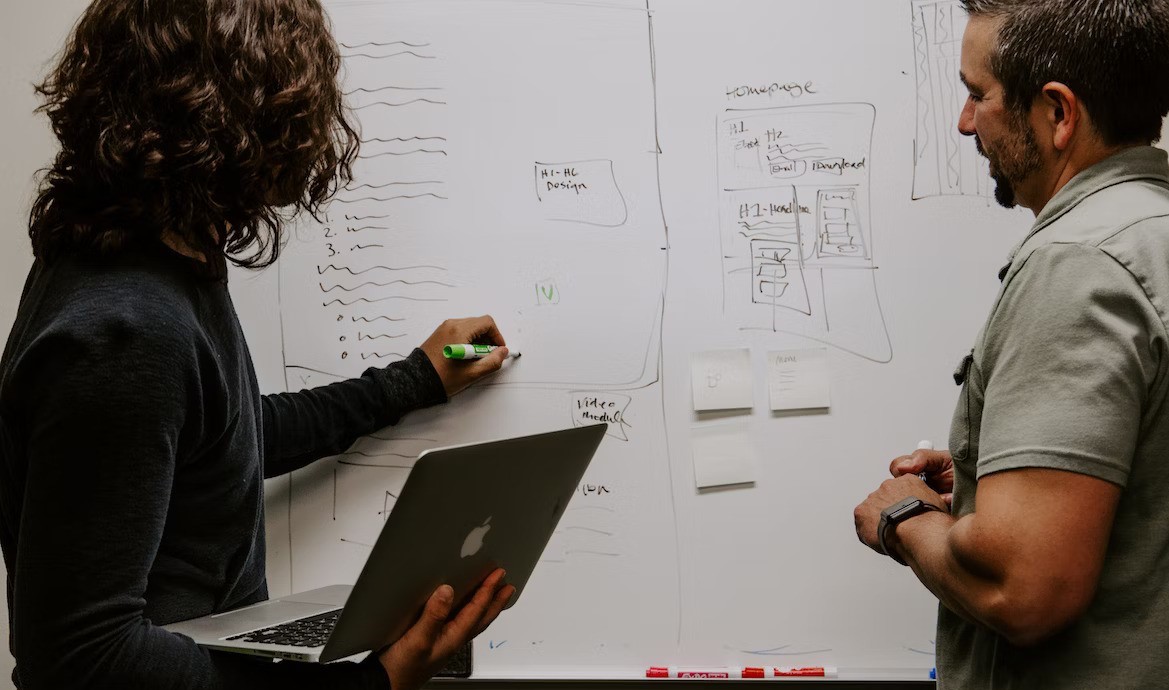Advanced Smart Manufacturing Systems
highlight_off

The project
focuses on the development and implementation of advanced manufacturing systems
that integrate cutting-edge technologies to enhance overall performance and
efficiency. Modern manufacturing is no longer defined by isolated processes;
instead, it relies on the seamless combination of artificial intelligence,
control systems, sensors, instrumentation, and digital platforms.
This
initiative seeks to design, elaborate, and validate a manufacturing framework
in which these technologies converge to create a highly responsive,
data-driven, and intelligent production environment. Through real-time
monitoring, predictive control, and advanced analytics, the project will enable
improved decision-making at every stage of the manufacturing process.
The
expected outcome is a transformation of conventional manufacturing practices
into systems that are more productive, efficient, and adaptable. By reducing
variability, improving quality, and strengthening the capacity of manufacturing
systems to respond to dynamic requirements, this project establishes a scalable
foundation for the integration of future technological advancements.
Ultimately, it demonstrates how advanced technologies, when strategically
combined, can create smart, sustainable, and resilient manufacturing s5
products that meet the demands of Industry 4.0 and 5.0.
Responsibilities
and Work Plan
The student
assigned to this project will play a central role in the technical design,
deployment, and validation of the proposed advanced manufacturing system. Their
responsibilities will begin with the conceptual and detailed design of the S5 framework,
ensuring that artificial intelligence models, control strategies, and sensor
networks are correctly specified and aligned with the project objectives. The student
will also be responsible for translating these specifications into the functional
prototype, integrating digital tools with physical manufacturing equipment, and
establishing reliable data acquisition and monitoring protocols.
Once the
initial proposals are ready, the student will lead his deployment in the
manufacturing system, overseeing installation, calibration, and configuration
of both hardware and software components. A critical part of this
responsibility will be validating system performance, which involves designing
and conducting experimental trials, analyzing results against expected
benchmarks, and making iterative adjustments to enhance the efficiency,
reliability, and adaptability of the solution.
The general
work plan will follow a structured sequence. In the design phase, the student
will develop system models and integration schemes that define the
technological architecture. In the deployment phase, they will implement these
models into a real or pilot-scale manufacturing environment, ensuring smooth
interoperability between digital and physical layers. The validation phase will
focus on testing and refining the solution through experimental data,
identifying strengths and limitations. Finally, in the assessment and reporting
phase, the student will document outcomes, propose improvements, and provide
recommendations for scaling the solution to broader manufacturing contexts.
Through
this structured set of responsibilities, the student will ensure that the
proposal is not only theoretically sound but also practically validated within
the system, creating a foundation for advanced, efficient, and sustainable
manufacturing practices.
10
Pedro Ponce
pedro.ponce@tec.mx
Artificial Intelligence
Manufacturing Systrems
Control Systems
Product design
Automation
warning
error_outline
Formacion academica anterior
50 %
Motivación
10 %
Formación en escritura y lectura tecnica
20 %
Expresión oral
20 %





:
circle
circle
circle
circle
circle